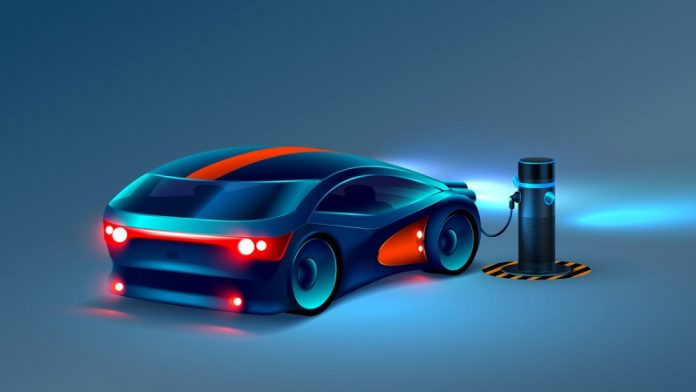Rapid and widespread adoption of EV has been impeded by consumers’ anxiety over the reliability of batteries, limited autonomous options, and many other issues. Now the automotive market is being flooded with new players, giving the due spotlight to the importance of electric vehicle options. Consequently, the competition with some of the big giants sitting on the top of this sector is leading to highly advanced technologies being integrated into EVs and leaving all the worries of the consumers at the bay.
With Resources shrinking and environmental pressures soaring, it is not a surprise that the world is seeki ng other and better alternatives. Countries like, The UK, France, Norway and Germany have even brought in legislation to ban the sales of non-electric vehicles as early as 2025. This makes the EVE industry one of the most exciting, significant and necessary areas of innovation today.
ng other and better alternatives. Countries like, The UK, France, Norway and Germany have even brought in legislation to ban the sales of non-electric vehicles as early as 2025. This makes the EVE industry one of the most exciting, significant and necessary areas of innovation today.
By mapping and streamlining the process of product design and creation, Electric Vehicle makers can seize on the latest technology in the industry. Estimates are wild, but sources like CNBC and International Energy Agency believe it to be significant. The strength of electric vehicles on roads around the world will be 125 million by 2030, the International Energy Agency estimates.
You might also like Top Electric Vehicle in India
However, getting to that point requires significant expansion in the infrastructure that would support Electric Vehicles. In addition, technology innovation would be at the core of this paradigm shift.
Here are some of the breakthrough technologies that will directly reverberate the driver’s EV experience and the whole EV ecosystem as well.
1. Battery technology
Advancements in battery technology have been painfully slow for many industries, including Electric Vehicles. And the progress in their optimization has been so minimal that it looks like lithium-ion will be the go-to solution for many years to come.
But the steady improvements in cell chemistry, anode and cathode material, higher-yield fabrication process and economies of scale should help see a reduction in cost for each battery by around 6-8% every single year.
But there are some exciting developments in other alternatives to lithium-ion in the works. Solutions like micro-capacitors, miniaturized solid oxide fuel cells, graphene polymer, aluminium-graphite, and gold nanowire technology and even sodium-based alternatives could very well replace the seemingly outdated lithium-ion very soon.
2. Vehicle to Grid (V2G)
V2G is a key area of EV charging energy management, enabling two-way energy exchange between the vehicle and the grid. With V2G, energy stored in Electric vehicle can be fed back to the grid at times of peak demand to minimize the strain. Given that the average car is parked for around 95% of the day, V2G connectivity offers the potential to optimize grids by leveraging millions of EVs as decentralized energy storage resources, with no capital or operating costs. This approach turns EV drivers into “prosumers” – a consumer of the grid and a provider of energy – thus enabling them to reduce their costs of EV charging and receive other discounts on their electricity usage.
3. Intelligent Vehicles
Autonomous, self-driving vehicles have caught the interest of fleet and private consumers alike. Take companies like Einride, the Swedish company behind the T-pod and T-log, which has developed a system whereby an operator can remotely control multiple self-driving trucks at once, cutting out the need for a large, dedicated team of full-time operators and drivers. This level of efficiency is reinventing whole markets.
4. Electrify ICE
So popular are EVs that even established ICE giants are now moving towards converting their ICE-powered vehicles to hybrid or fully electric. To take advantage of this trend, EV design teams are looking beyond EV-only products. The best is using advanced PLM tools to figure out how to work smarter, analyzing their designs and simulating a wide range of environments to see how their ideas can be adapted for ICE-to-EV conversions, swiftly and efficiently.
5. Autonomous driving
Many EV manufacturers have already made great leaps forward in autonomous driving. Tesla, Toyota, Peugeot and many more are relentlessly working on making this a reality for the vast majority of car owners in the future.
Not only will this make long drives more comfortable for drivers, but it could also make our roads a lot safer. Once set as a global standard, it will probably kill off several traditional jobs like taxi firms, chauffeurs, and long-haul lorry freight operators and put pressure on newer professions like Uber drivers.
Mayank Vashisht | Sub Editor | ELE Times








